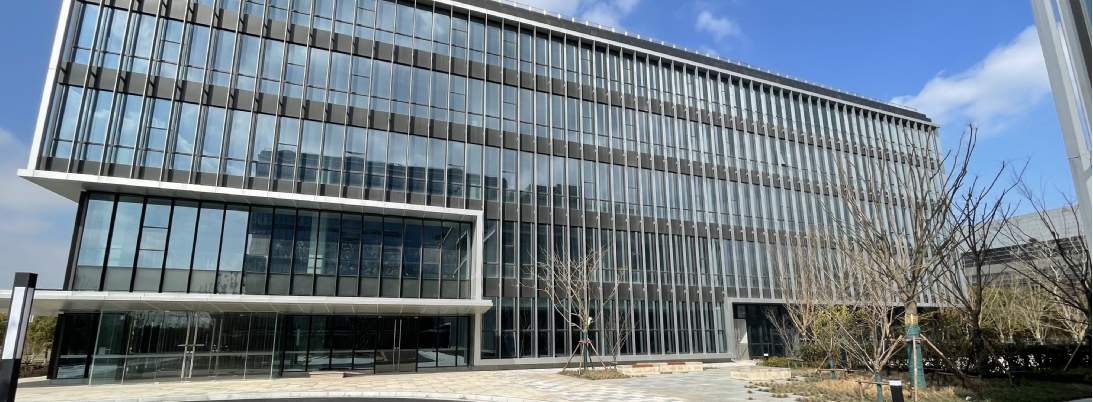FOREWORD
Shanghai business parks have flourished over the last decades. As the market has matured, clusters and specialisation of the various business parks have emerged and are supported by government policies and investments in key infrastructure.
In 2018, Shanghai authorities issued an industry map outlining key development areas and industry focus which include the digital industry (covering Shibei, Caohejing, and Lingang Pujiang), emerging industries (covering Zhangjiang, Jinqiao, and Lingang), the modern service industry (covering Linkong and Lujiazui Software Park) and the modern agricultural sector. During 2020-2021 alone, 40 specialised business parks were launched, focusing on integrated circuits (IC), biomedicine, artificial intelligence (AI), aviation, new material, smart manufacturing, and online economies.
Having a clear layout plan for industrial enterprises can help optimise resource allocation while also increasing efficiency and synergies between businesses and reducing competition or friction between different locations.

.jpg)
.jpg)
.jpg)
.jpg)
.jpg)
.jpg)
.jpg)
.jpg)
.jpg)
.jpg)
.jpg)
.jpg)
.jpg)